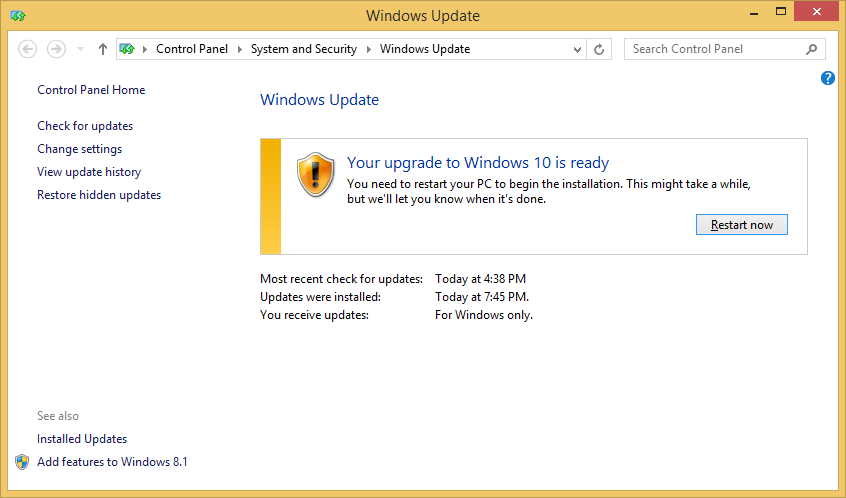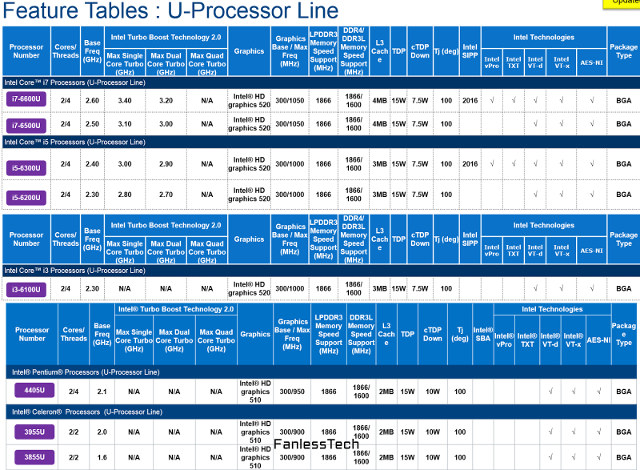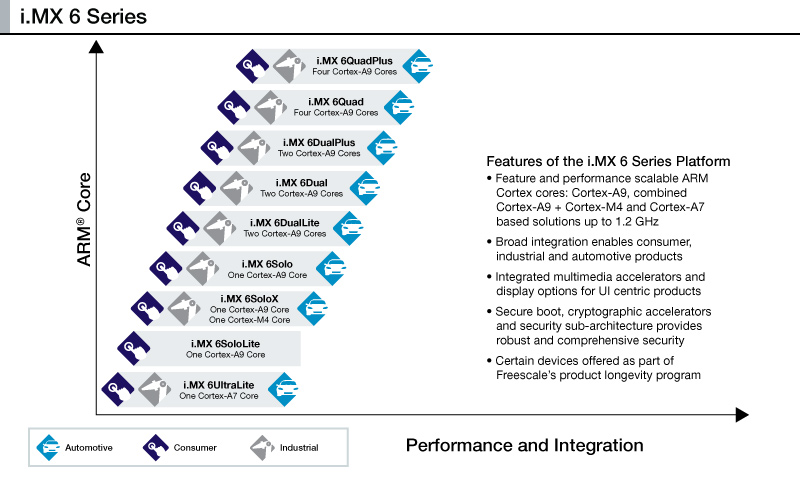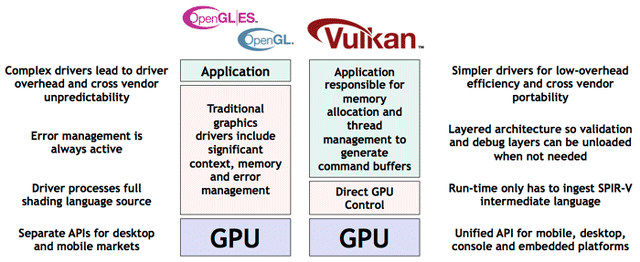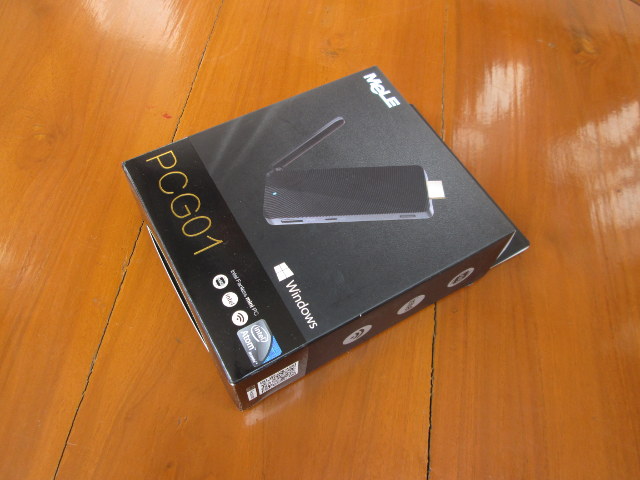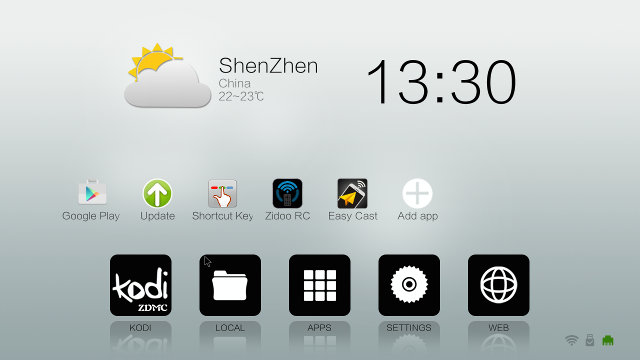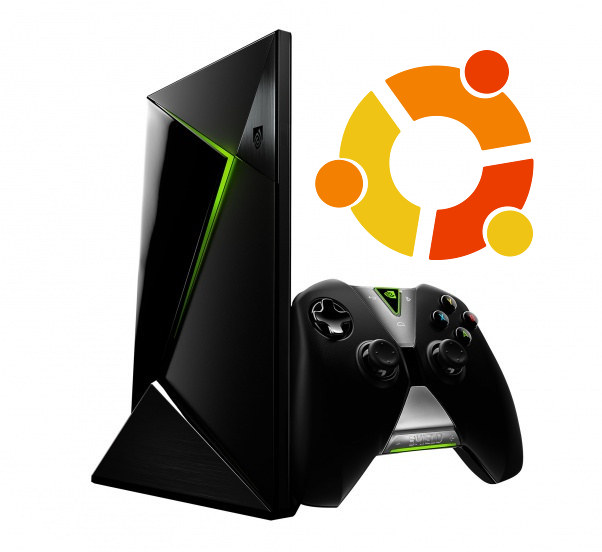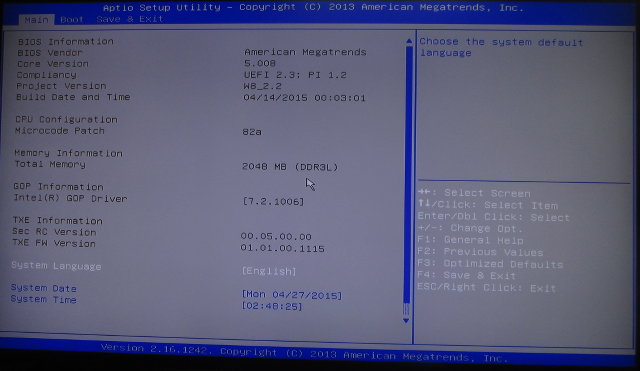For some reasons, after installing Ubuntu 15.04 on MeLE PCG03 a while ago, I had to re-install Windows 8.1 on the device. The backup I used with dd did not work, so I had to download the firmware from MeLE forums, and it worked OK. Right after the re-installation was complete, it asked me if I wanted to upgrade to Windows 10 for free, and I have given it a try, especially a few days ago somebody asked about Windows 10 on MeLE PCG01. So I’ll describe the update process on PCG03, show benchmarks results, and write about my experience with Kodi 15.0 in Windows 10. Upgrading to Windows 10 Once you are ready to update to Windows 10, the system will check for updates, and ask whether you want to download and install Windows 10. The download is over 2GB large, so it may take a while. It took […]
Intel Skylake-U Processors Run as Low as 7.5W TDP. A Closer Look at Configurable TDP
I try to mostly cover low power systems on this blog, so when it comes to x86 processors I have a cut off TDP of 10 Watts. The next generation of Intel Skylake processors have a TDP of 15 Watts, but when I read Skylake-U lineup post on FanlessTech, I discovered Intel processors also have a configurable TDP option, and in the case of Skylake-U processor their configurable TDP (cTDP) can be as low as 7.5W or 10W depending on models. U-Processor family has Pentium and Celeron processors, but also Core i3, Core i5 and even Core i7 processors such as i7-6600U and i7-6500U clocked up to 3.4 GHz and all with a 15W TDP, but you’ll also notice a column called “cTDP Down” showing 7.5W and 10W values, which shows the great progress made by Intel with regards to low power design. So I decided to look into configurable […]
Freescale i.MX6 DualPlus and QuadPlus SoCs Gets Faster 2D and 3D Graphics, Higher Memory Bandwidth
Freescale unveiled three new models for its i.MX 6 family processor for consumer, industrial and automotive markets in May. Two models are an upgrade to existing i.MX6 Quad and i.MX6 Dual processors, as the new i.MX 6QuadPlus and i.MX6DualPlus processors features four and two Cortex A9 cores, together with improved 2D and 3D GPUs delivering around 50% faster performance, an “optimized” SDRAM controller, more SRAM, and a prefetch and resolve engine. The third model, i.MX 6UltraLite, features a single ARM Cortex A7 core and hardware security, and targets applications such as electronic Point Of Sales (ePOS). That means there are now 9 i.MX6 processors, and today, I’ll focus on the two new “Plus” versions. Since they are based on the original i.MX6 Quad and i.MX6 Dual processors, the best way to have a look at these is to compare them to their predecessors. Features i.MX 6QuadPlus i.MX 6Quad i.MX 6DualPlus […]
Google Plans Vulkan API Support for Android, Imagination Shows a Demo
Vulkan graphics API is the successors to OpenGL and OpenGL ES API, which will support multi-threaded rendering, move some of the complexity to the applications, and simplify graphics drivers, which may not be a bad things since these tend to be closed source, and bugs may be hard to get fixed. Google, which is now a subsidiary of a new company called Alphabet, has recently announced that Vulkan will be implemented in future versions of Android, although OpenGL ES will still be supported, so developers can select their preferred graphics API for their apps, as Vulkan will be more complex for application programmers than OpenGL ES. Separately, Imagination technologies showcased their Vulkan driver for PowerVR Rogue GPU on the Nexus Player powered by an Intel SoC including a PowerVR G6430 GPU, and compare the Vulkan demo to the same demo using OpenGL ES 3.0 drivers. The difference between Vulkan and OpenGL […]
Mini Review of MeLE PCG01 Intel HDMI TV Stick
I reviewed MeLE PCG03 mini PC powered by Intel Atom Z3735F processor at the beginning of the year, and there are now many different models from manufacturer which all come with the same processor, 2GB RAM, and 32GB storage either in box or stick form factor. MeLE also released their own Bay Trail stick, similar to Intel Compute Stick, called MeLE PCG01, which they sent me for review. Most of these products are very similar, and all run Windows 8.1 by default, so the main differentiating factor between companies being price, whether they use a properly licensed version of Windows or not, and the thermal design of the enclosure, which may also impact performance as a good design will prevent CPU throttling. So in this review, after quickly checking the mini PC and accessories, I’ll take apart the device to check in more details what has been done to cool […]
Zidoo X1 Android Media Player (Allwinner H3) Review
In theory, Allwinner H3 is supposed to be a better alternative to Amlogic S805 processor thanks to more powerful Cortex A7 cores, and support for 4K video output and playback, while Amlogic S805 only features four Cortex A5 cores, and support H.265 up to 1080p60 only. Zidoo X1 is one of the TV boxes recently released with H3 processor. If you’ve not read my two previous posts yet, you may want to check out Zidoo X1 specifications, as well as the unboxing and tear-down post. In this post, I’ll focus on testing performance, stability, and video playback capabilities with Kodi. First Boot, Settings and First Impressions I’ve connected an Ethernet cable, an HDMI cable, a USB hard drive, and a USB hub with a USB webcam, an two RF dongles for an air mouse and a wireless gamepad. The box will boot automatically as you connect the power adapter. Boot […]
Nvidia SHIELD TV Benchmarks in Ubuntu Shows Core i3 Like Performance
Nvidia SHIELD Android TV was announced this March with Nvidia Tegra X1 octa-core Cortex A57 + A53 processor. So far, I had not seen any Ubuntu or other Linux distribution port, but Michael Mirabel of Phoronix got remote access to a Shield TV PRO – model with a 500GB hard drive – running Ubuntu 14.10. It’s not clear who provided access, either Nvidia or third parties, but somebody posted an Ubuntu 14.10 port on XDA Developers Forums recently so it might be that one. He obviously ran Phoronix Test Suite on the device, and compared to it some other ARM devices (Compule Utilite, Jetson TK1), MIPS Creator CI20, low power x86 devices (Compute Stick, Intel NUC with Celeron N2820), and an Intel Core i3-5010u NUC. The Tegra X1 platform easily beats all other low power platforms, and comes close to the Core i3 mini PC in most tests. In the […]
Wintel W8 Review – Dual Boot Android & Windows TV Box
Wintel W8 (aka Kingnovel K8) is an Intel Atom Z3735F mini PC inspired from Sunchip Wintel CX-W8 (the hardware is a little different), but instead of just running Windows 8.1, the device can dual boot Android 4.4 and Windows 8.1 with Bing. I’ve already taken pictures or torn down Wintel W8, so today, I’ll focus on the software part of the review, first checking dual boot functionality and Windows 8.1 briefly since it should be very similar to MeLE PCG03, before spending more time on Android as it’s my first Android Intel platform. Dual boot in Wintel W8 When you boot the device, you can select Android or Windows icon, with a 10 second timeout that will boot your latest choice. There’s no menu within Windows to start Android, and vice versa, so to dual boot you need to reboot first, and select the operating systems right after UEFI. The […]


